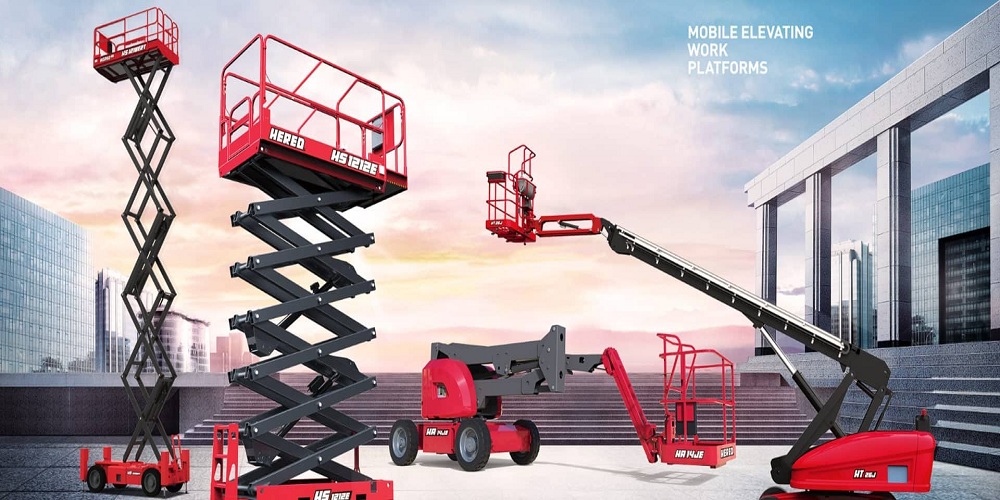Scissor lifts have been around for many years, but they're still one of the most popular types of industrial equipment. The reason is simple: they're easy to use, and their lightweight design makes them ideal for moving heavy objects. But a few different scissor lifts are available, so you need to know what type will suit your needs best!
1. Electrical
These lifts are the most popular type of scissor lift. They're versatile, economical, and easy to use. The electric motor amplifies your lifting power so you can clean and dry larger areas quickly, efficiently, and safely. A few features that make this type of scissor lift stand out include:
- Easy-to-use controls for starting and stopping the motor
- Safety belts that keep workers safe during operation
- Self-adjusting brakes for smooth stops at any height
2. Hydraulic
Hydraulic lifts are the most popular type of lift in the industry, and for a good reason. They're versatile, durable, and cost-effective, all great reasons to choose them over other types of lifts.
The hydraulic dock lift is also the easiest to use because they don't require any physical strength on your part when you're operating them (which is why they're perfect for older people). You push a button or pull on a lever; it does all the work for you.
3. Diesel
This is the most potent type of scissor lift, and they're also the most expensive type. They offer a lot more lifting capacity than other types, with some models able to lift to 1200 pounds or more.
Diesel lifts have a powerful motor to lift heavy objects quickly and efficiently. The larger your building project is, the more likely you'll need one of these units to complete it on time or within budget, especially if you're working with large pieces like concrete slabs or steel beams.
4. Pneumatic
Pneumatic lifts are the most popular lift type in the UK. They're also the most cost-effective and easy to maintain, repair, and operate. These scissor lifts are often called pneumatic because they use compressed air pressure rather than hydraulics or electric motors.
Pneumatics work by using an internal piston that can be pushed up against a moving platform with an adjustable arm on either side, like those on hydraulic-powered machines, only these pistons aren't connected directly to anything mechanical (like gears).
When you press down on one side of your machine, this pushes down onto another part which forces up against other things until it reaches its full height; then, it releases its grip on everything else. So, all go back down again after being released from the tension created by pressing down onto something else within its system!
Conclusion
All of these scissor lifts are great for businesses, but there are some unique features in each one that make them ideal for different purposes. For example, the electrical scissor lift is more expensive than its hydraulic counterpart but will require less maintenance.
The diesel version is also more expensive upfront but can be used longer before needing replacement parts. However, it has no built-in safety features compared to an electric model with automatic restart functionality after power loss.
So, you can choose a type based on your requirements, working conditions, and budget.


